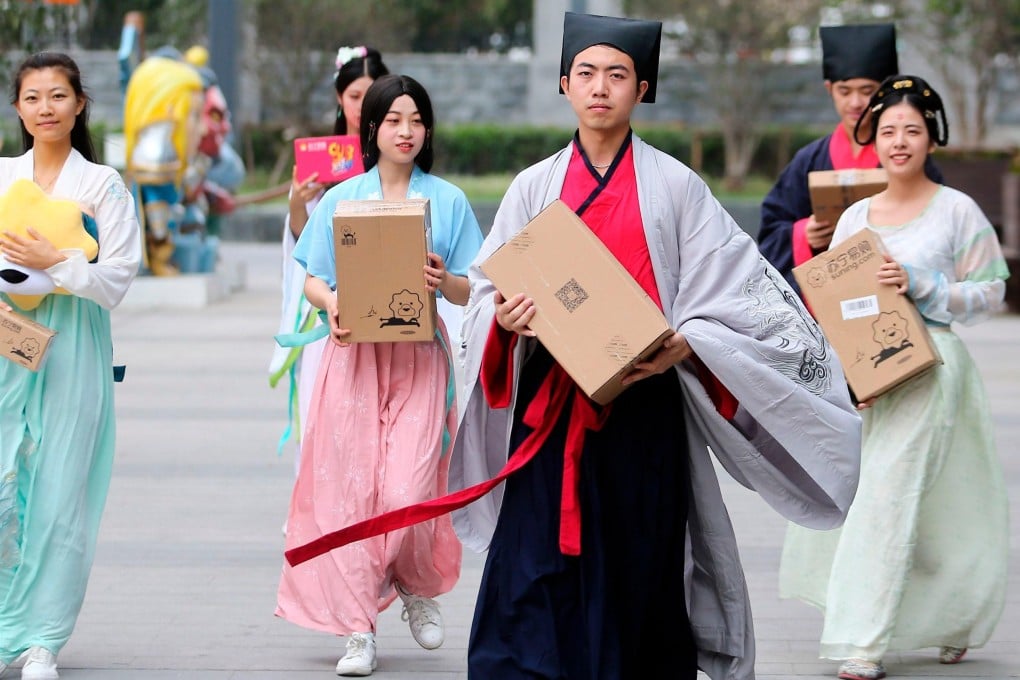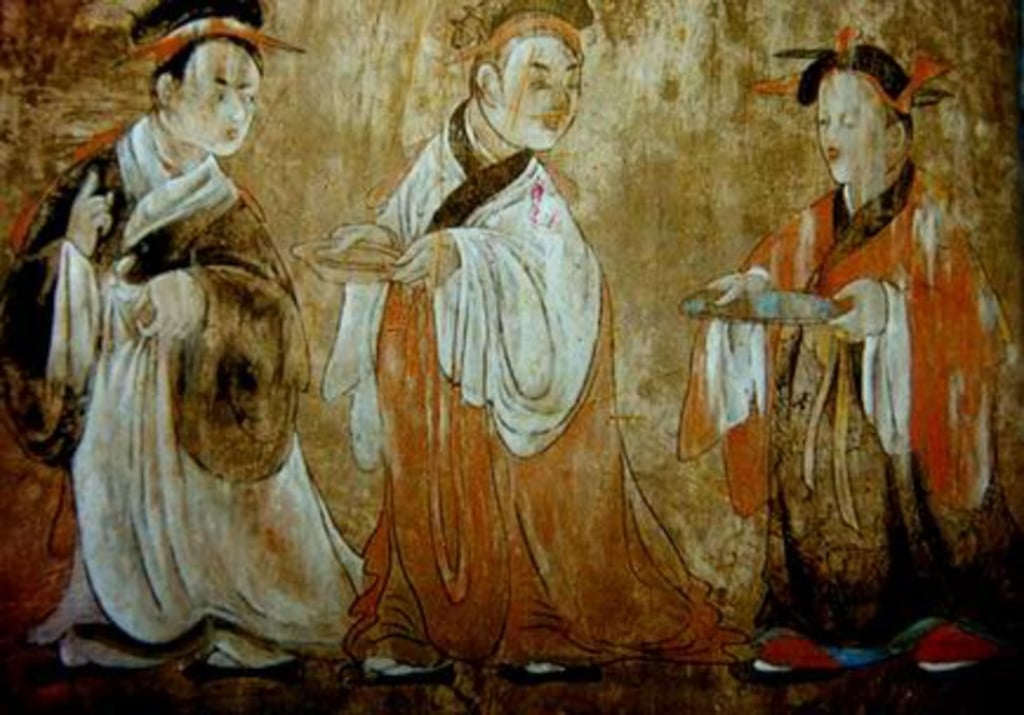Reflections | Is ancient Chinese clothing fad more cosplay than nod to cultural heritage
- Hanfu clothing worn in pre-Manchu China has enjoyed a recent revival among hobbyists who believe Chinese should have a national dress
- But is it possible to select one style from the dozens of distinctively dressed dynasties and regimes going back 3,500 years?

Often mistaken for cosplayers, an increasing number of Chinese, including some in Hong Kong, are donning hanfu (“Han Chinese clothing”) for special occasions or as everyday dress. Wishing to wear their “Chineseness” on their sleeves, as it were, they argue that the Chinese should have a national dress of their own in the same way Japanese have the kimono, Koreans the hanbok.
Clothing that many people today identify as Chinese – the qipao (also known as cheongsam), the changshan, and various jackets and pyjama-like ensembles with stand-up M-shaped collars – are dismissed by hanfu enthusiasts as modern versions of a foreign dress imposed on the Han Chinese by the Manchu rulers of the Qing dynasty (1644–1912). While they recognise that the Manchus in present-day China are Chinese (who dares suggest otherwise?), they don’t believe that the clothing of an ethnic minority group truly represents the nation’s rich sartorial history and culture.
Ironically, it is this richness that poses a dilemma for hanfu aficionados: from which period of Chinese history should they select their would-be national dress? In the three-and-a-half millennia of its verifiable history, China has known dozens of dynasties and regimes, and almost every period enjoyed a distinctive style of dress.
Despite the bewildering variety of fashions, one can, however, discern a trend in which the volume of sleeves, hem lengths and the number of layers were reduced over several millennia for a less cumbersome fit and more streamlined silhouette. Also, the one constant of Han Chinese clothing was the wrapping of the left flap of the main garment across the chest and securing it on the right side of the body to form a Y-shaped collar.

